Among the masks on display at Tragicomica, one of the oldest traditional mask shops in Venice, are about a dozen or so with long beaks. Called medico della peste, or plague doctor, they are based on masks worn by doctors who tended to plague victims during an outbreak in the 17th century.
While once they were a potent symbol of death, in modern times they became one of the most prominent emblems of festivity during Venice’s carnival.
But the accessory has again taken on more calamitous connotations amid the coronavirus pandemic, which, much like the outbreaks of plague that struck the vulnerable lagoon city, has created a climate of fear and wrecked the economy.
Carnival should have ushered in two weeks of fun and frolics starting on Saturday. Instead, the streets and squares of the historic centre are eerily empty for the second year running as businesses reckon with the absence of the 3 million tourists who would usually attend.
Masks are widespread, but not of the festive variety. “For years we have been selling masks, and this year we haven’t sold any,” said Gualtiero Dall’Osto, the owner of Tragicomica.
He opened his store and adjacent workshop when the carnival was revived in 1979 after decades of absence as a way to boost tourism in winter. Before 2020, when the carnival was cut short after three days as the pandemic hit northern Italy, the only year it had been dropped from the calendar was 1990, because of the Gulf war.
The loss of this year’s event is seen by many as the final blow for a city which, faced with a continuously dwindling population, has come to wholly depend on tourism for its survival.
“There are no people,” said Dall’Osto. “We don’t have Venetians, as so many have left over the years, and we don’t have tourists. We have lived these past months with a feeling of melancholy, as we were so used to seeing people. Venice is now like a big park that’s closed and is waiting to reopen. It’s a serious problem.”
Venice was still reeling from the effects of severe flooding in November 2019 when the pandemic hit. There was an uptick in visitor numbers during last summer’s brief fling with freedom in between the first and second waves of the virus. But 40% of businesses in the area surrounding St Mark’s Square have closed for good in recent months, and an estimated one in four hotels will not reopen after the pandemic.
Many bars and restaurants, including the famous Caffè Florian, which marked its 300th birthday in December, remained closed when coronavirus restrictions were eased across Veneto – among the regions most badly hit by the pandemic – on Monday.
Museums and theatres including La Fenice opera house are not expected to reopen before April. Gondoliers who would ordinarily be preparing for the carnival’s boat parade wait patiently for custom on their boats or kill the time chatting to their colleagues.
“There is no work but you still need to try to maintain the service for those who might come,” said one gondolier, Carlo Pitau. “It’s difficult but you have to try to stay calm and hope business comes back.”
Venice authorities have endeavoured to keep the spirit of the carnival alive by streaming a programme of events online from the city’s casino, the premise being that people can party at home while recalling the festival’s traditions and history.
But few people are in the mood. “Nobody’s really thinking about celebrating right now,” said Francesca Fantin, whose family-run florist is a few steps from the Rialto bridge.
Much of the florist’s trade in previous years came from providing flowers to the weddings of foreigners held in Venice, or to people visiting their second homes.
“Business has practically stopped since the floods. There are no weddings or events,” Fantin said. “We open the shop and refresh the window display just to keep alive. But you can’t plan anything, you just have to take each day as it comes.”
An electronic ticker displayed in the window of the nearby Morelli chemist keeps track of inhabitant numbers on Venice’s main island. On Wednesday the ticker counted just over 51,000 residents, down from 174,000 in the early 1950s. Over the decades, thousands have been driven away as Venice embraced mass tourism and became a difficult and costly place to live.
Tourists are now so essential for the city that even chemists depend on them. “Before Covid, the local population would be boosted by an average 150,000 visitors a day,” said Andrea Morelli, the owner of the Morelli chemist. “Let’s hope things will restart soon, but we need to build a different model to the one before February 2020. We need people to come and live here, people who love Venice.”
In the more residential Cannaregio, an area tucked away behind Santa Lucia train station and off the main tourist trail, the atmosphere is slightly more upbeat, with bar customers enjoying their habitual pre-midday Aperol spritz or glass of wine.
“The city is completely dead but you need to live a little, even if there is a pandemic,” said Fabio Barbieri as he sipped his wine at Pontini, a bar and trattoria overlooking a canal. “We can’t abandon our way of life.”

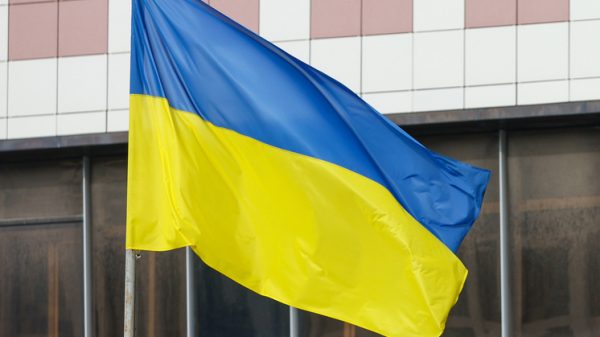
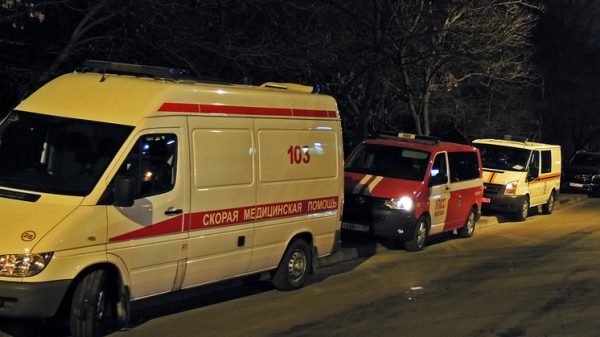
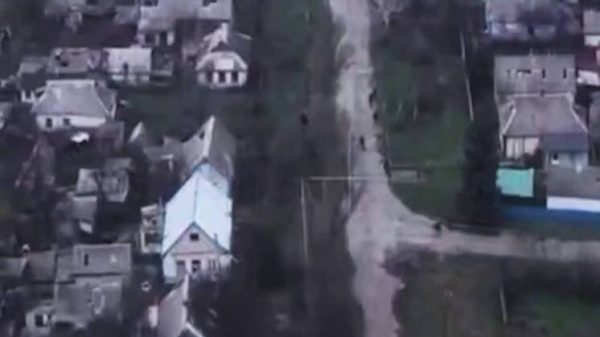





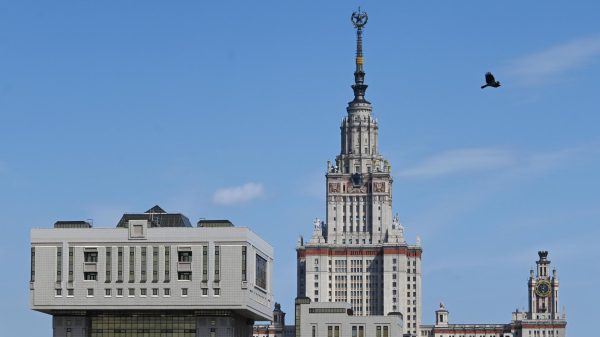
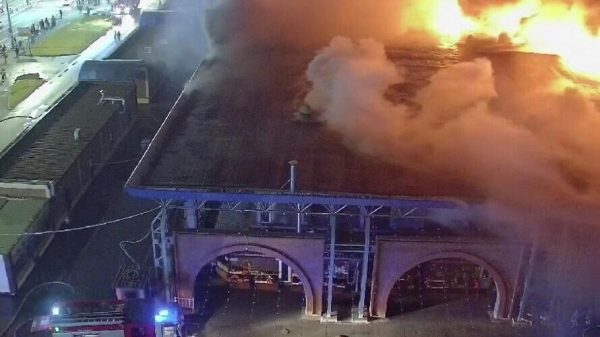
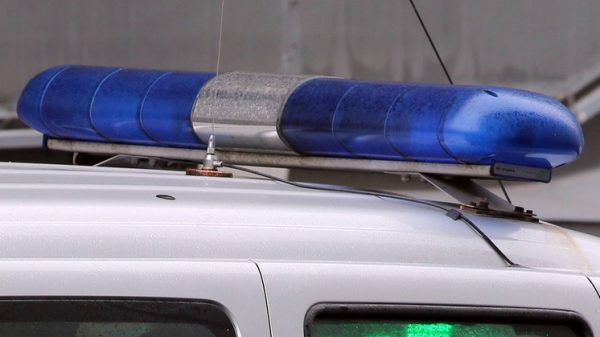
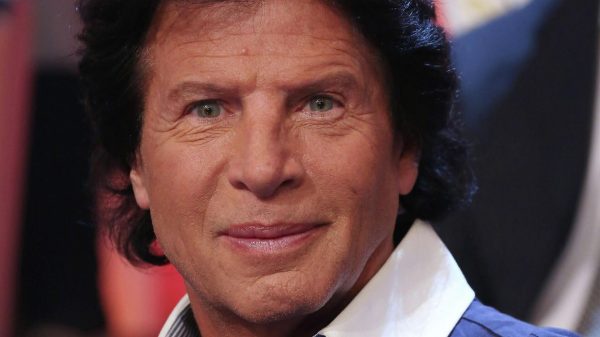
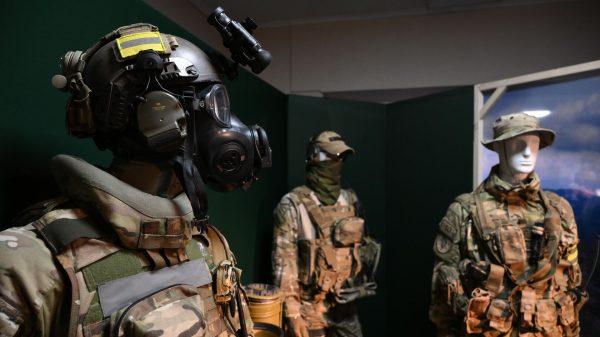
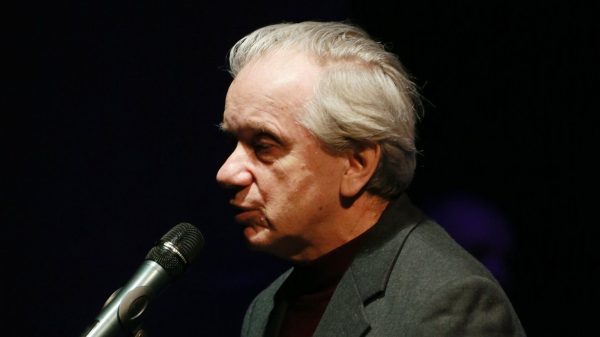
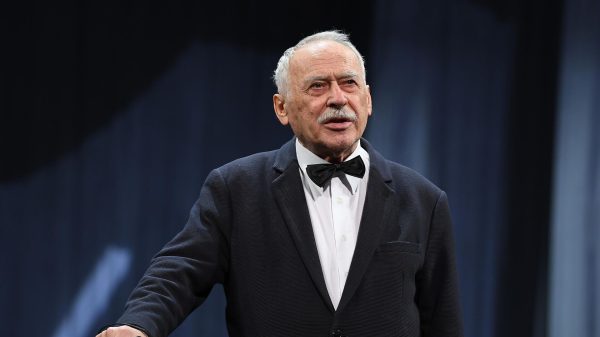
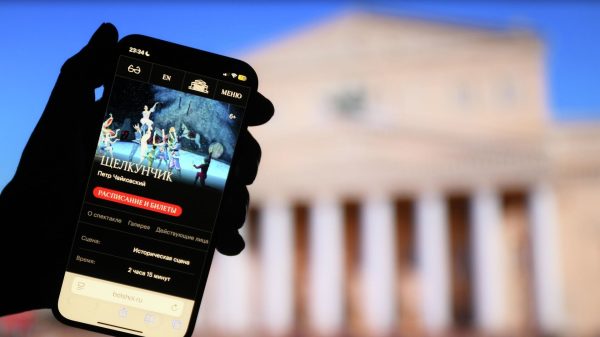
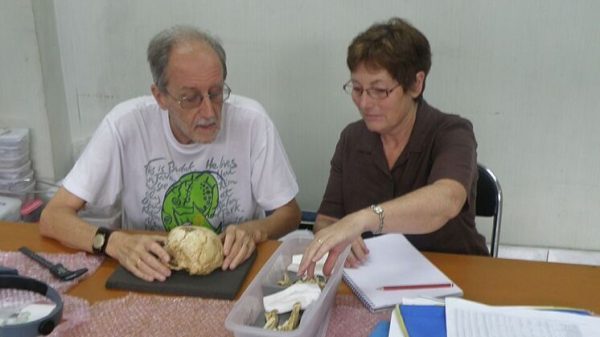



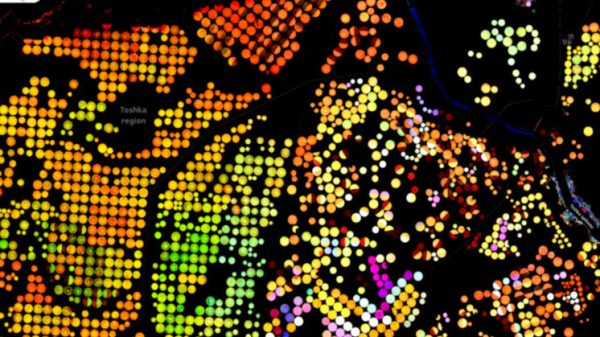







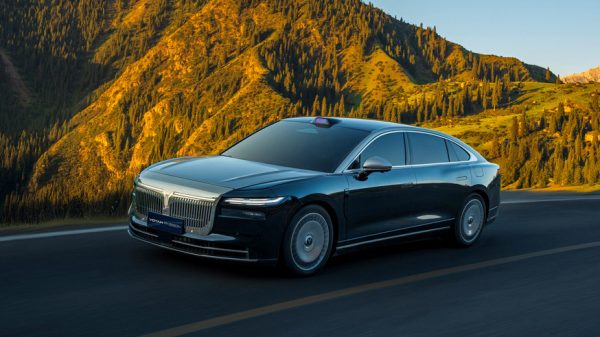


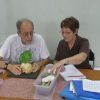
















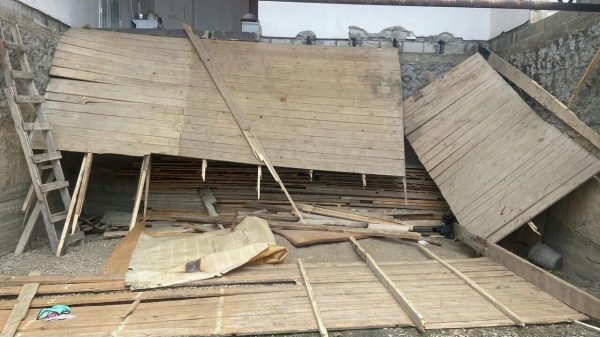
Свежие комментарии